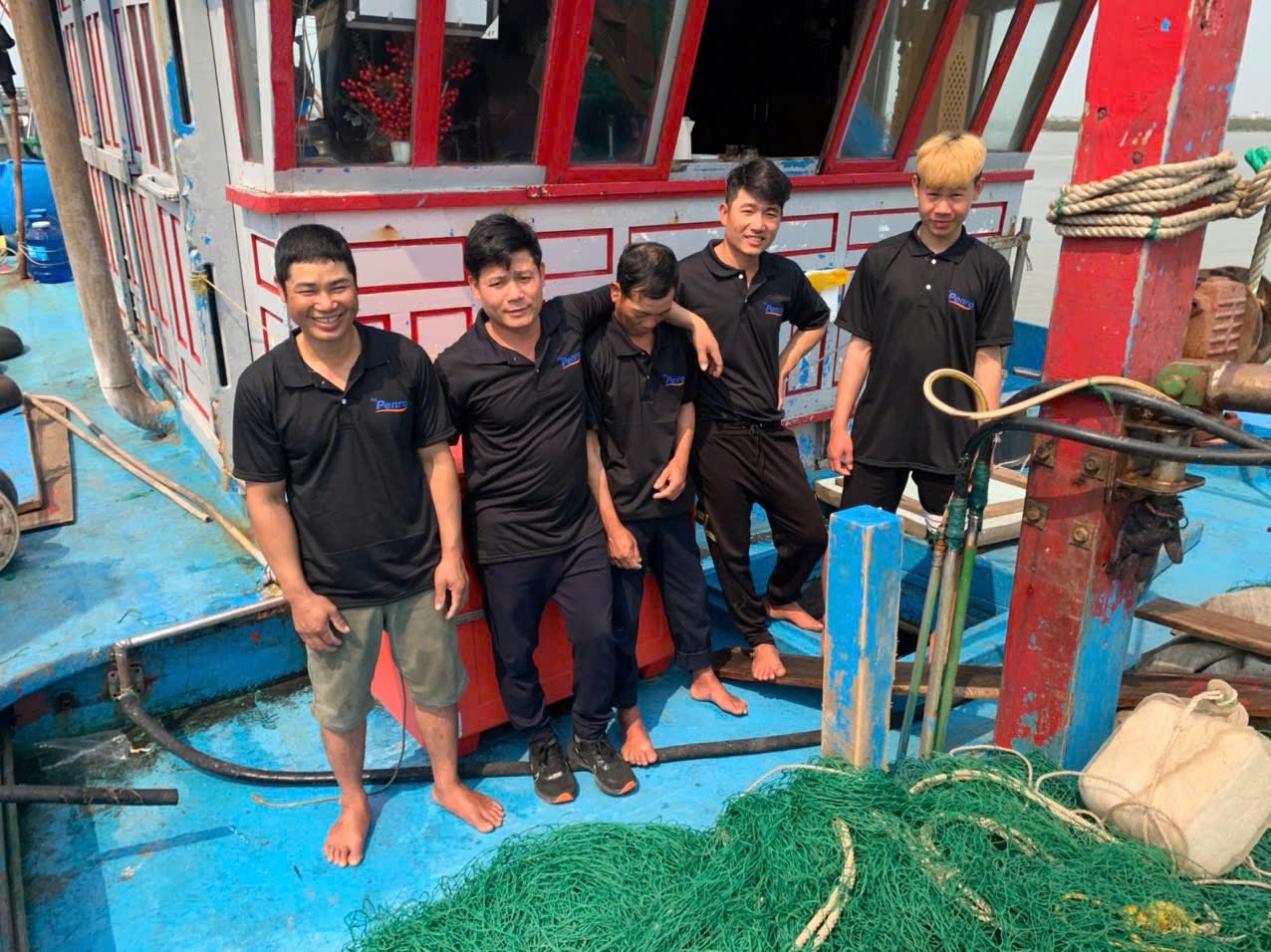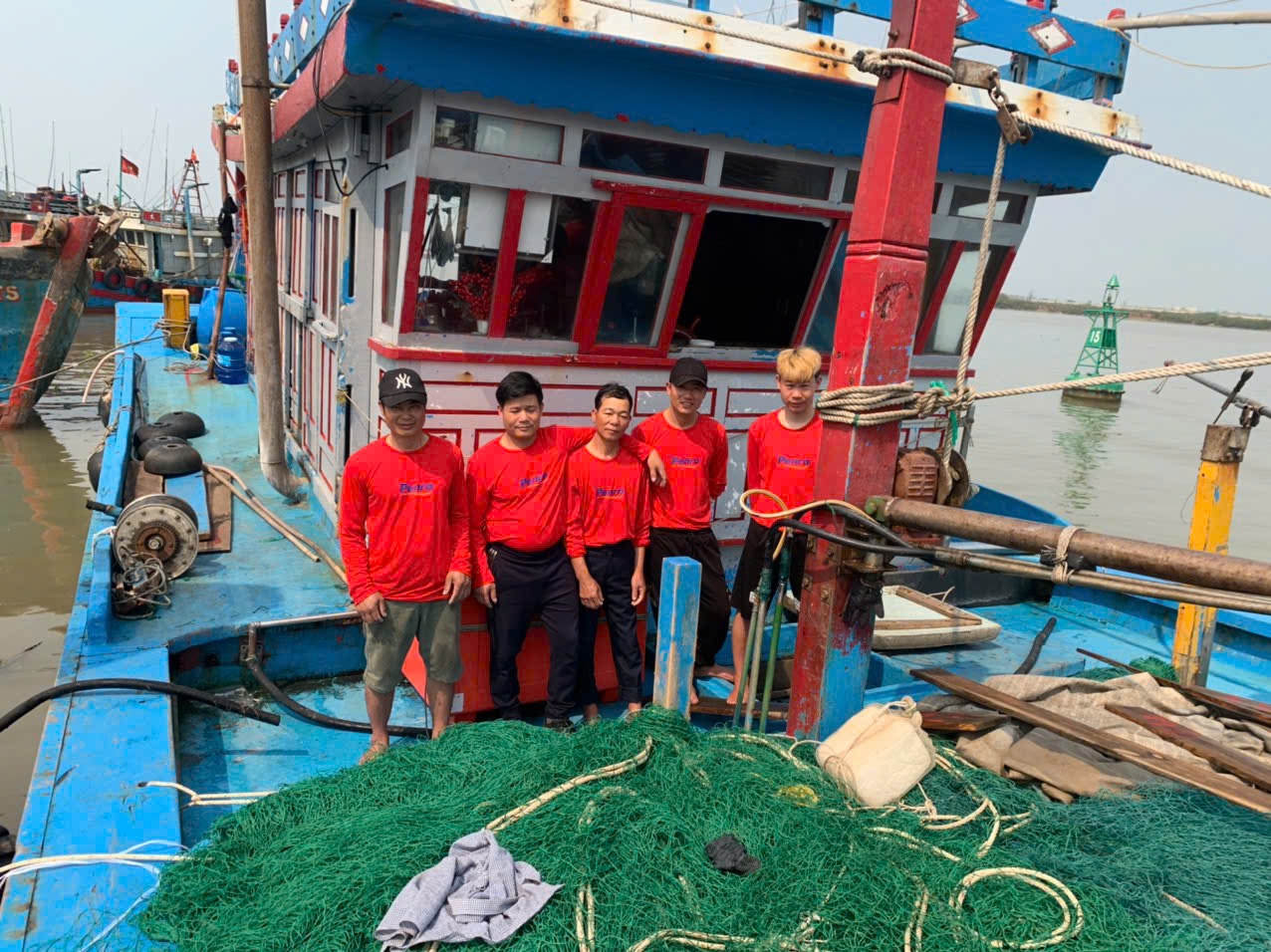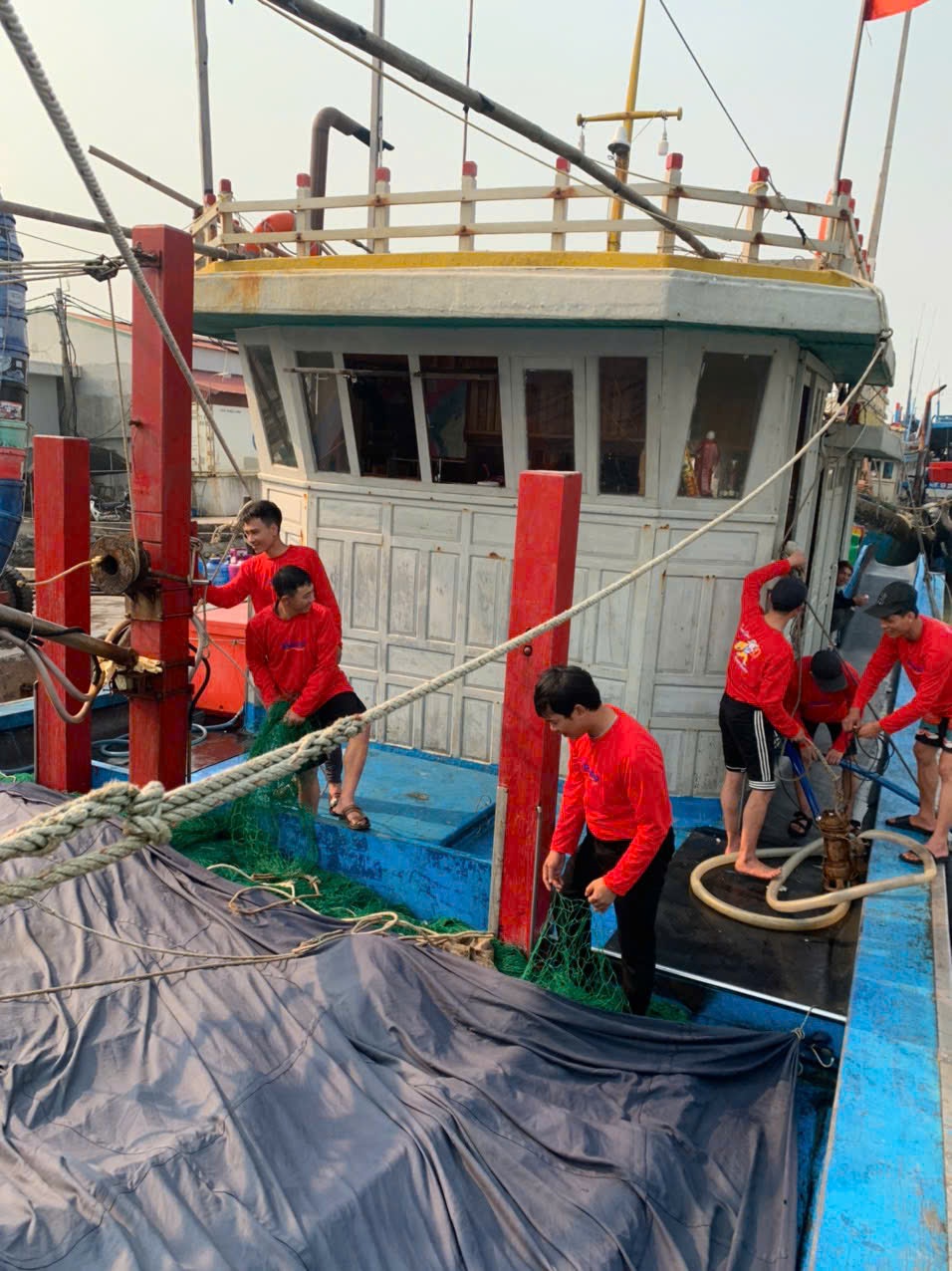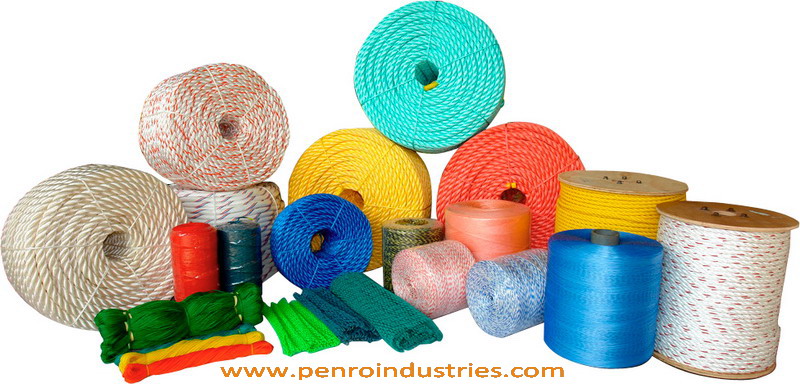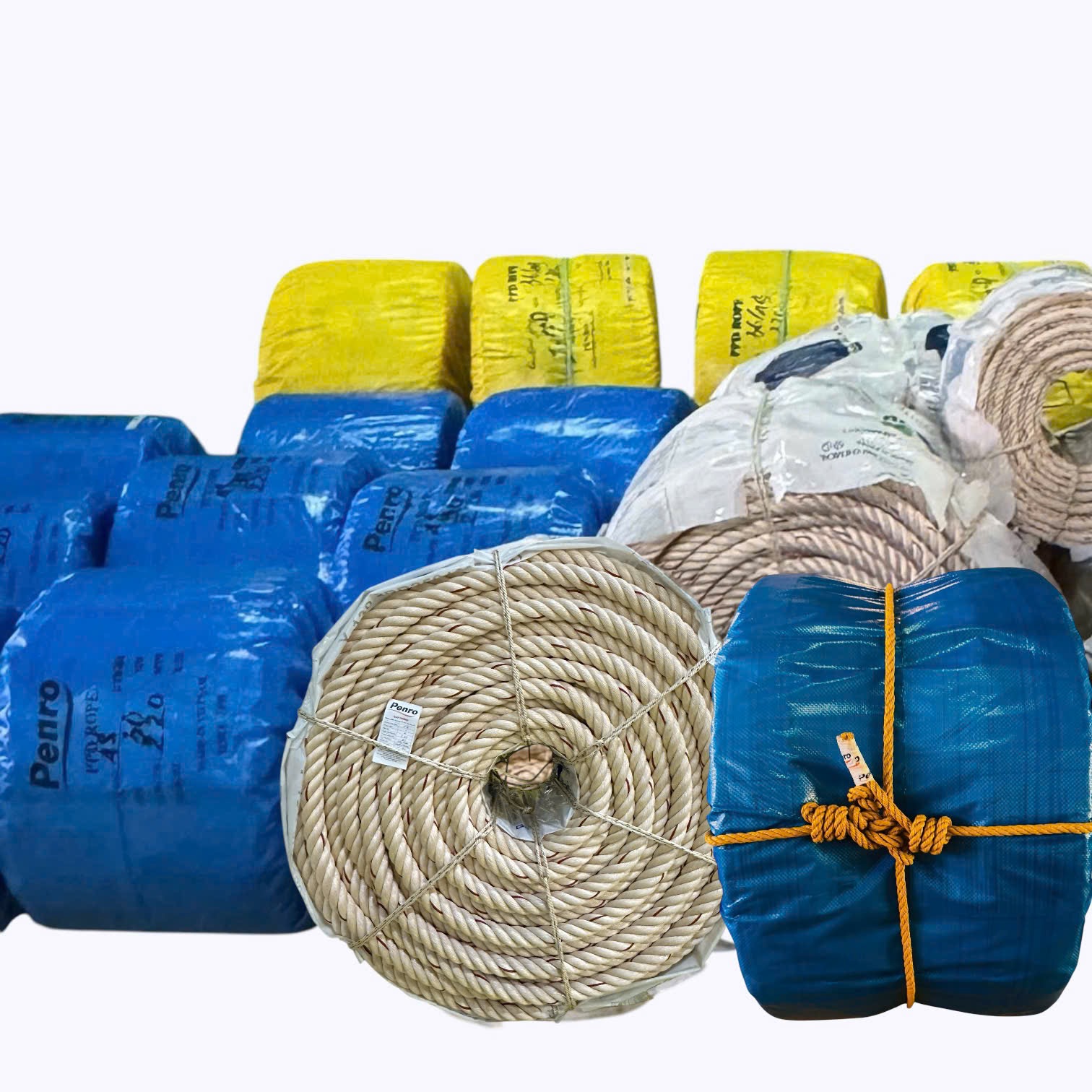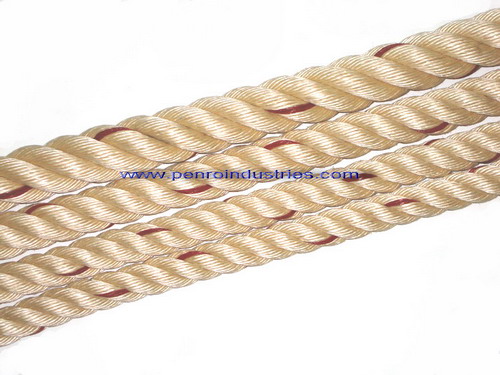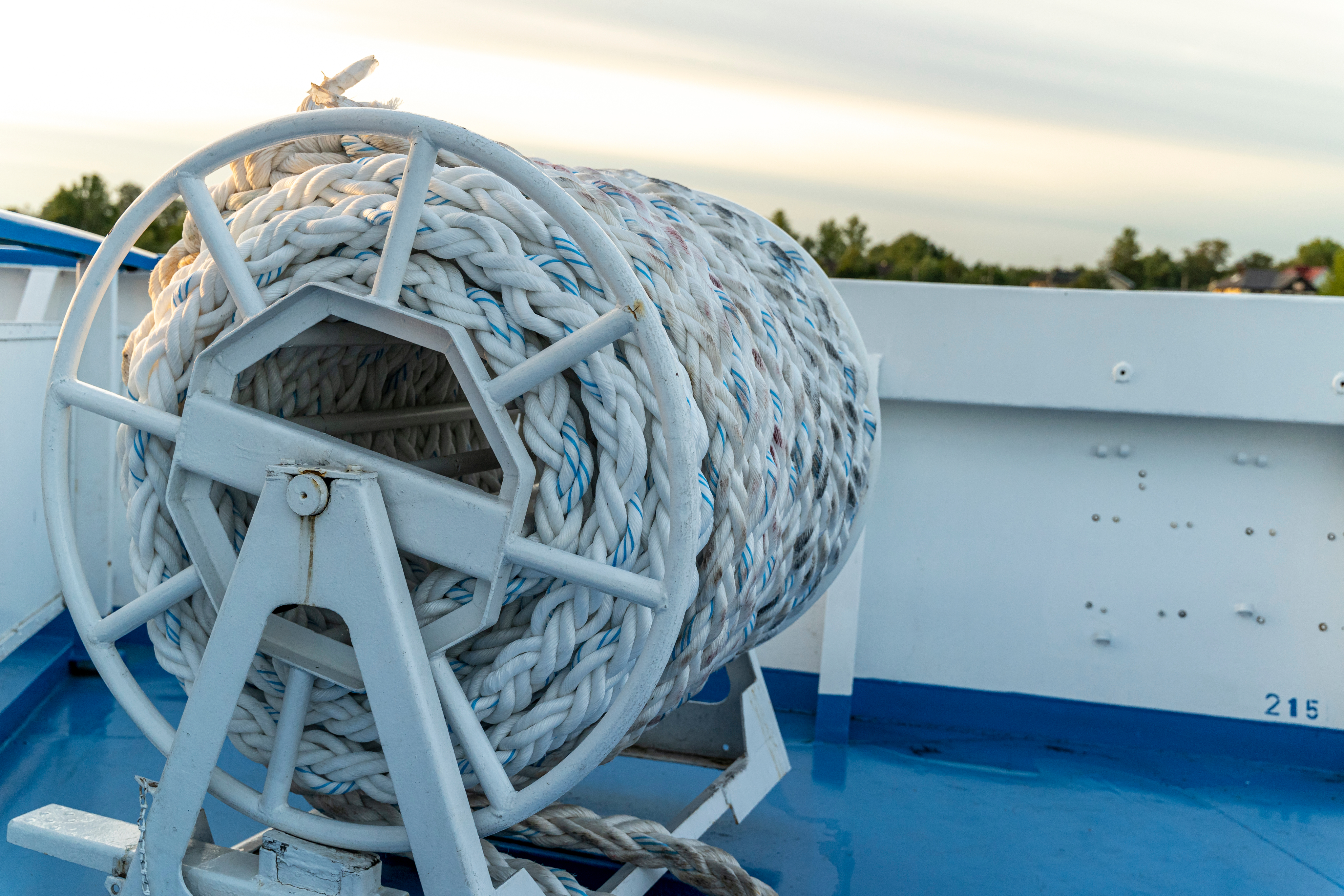Features and importance of fishing nets - What fishermen need to know when choosing to buy
1. Features of fishing nets
1.1. Net material - Factors determining the durability of the net
• Polyethylene (HDPE): Light, good abrasion resistance, suitable for offshore fishing.
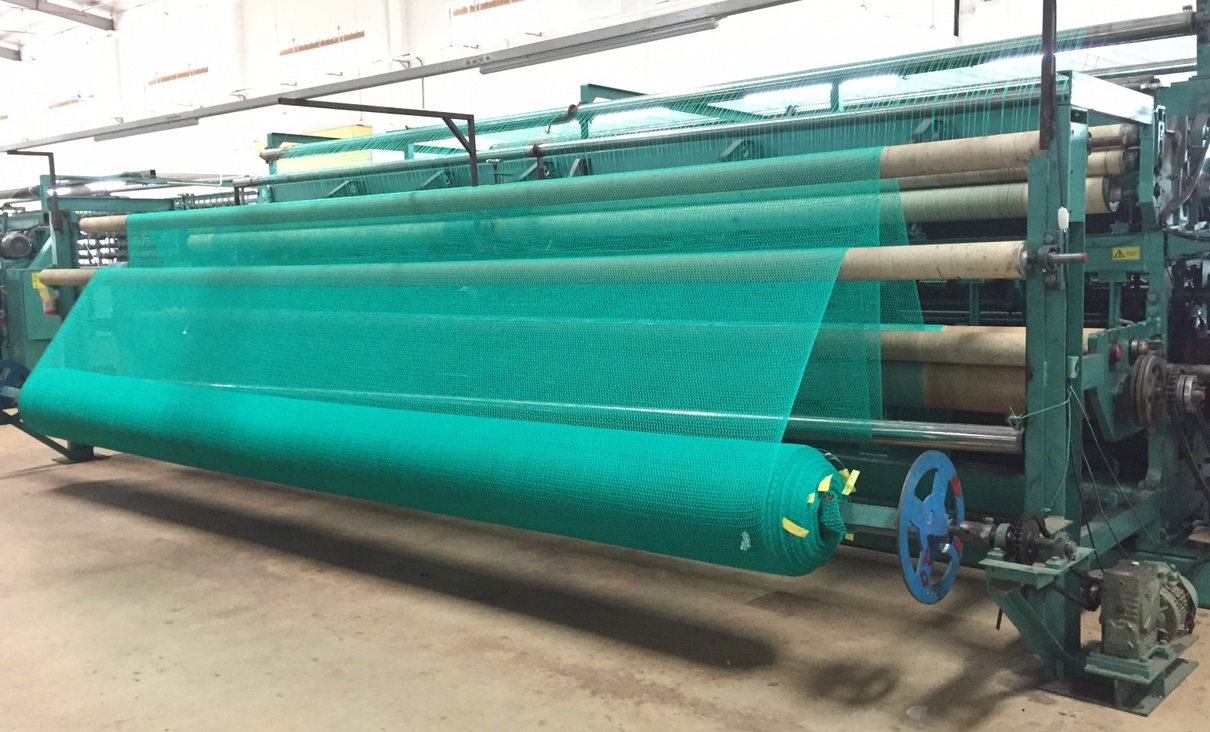
• Polypropylene (PP): Durable, low water absorption but cannot withstand long-term sunlight.

1.2. Mesh size - Affects fishing efficiency
• Large mesh (>40mm): Used to catch large fish, avoid catching small fish.
• Medium mesh (20mm - 40mm): Suitable for many popular fish.
• Small mesh (<20mm): Used to catch shrimp, small fish or bait fish.
1.3. Mesh thickness - Determines the strength
• Thick thread: Durable, good resistance, less likely to tear when catching large but heavier fish.
• Thin thread: Light, easy to handle, suitable for calm waters or catching small fish.
• Advice: If fishing in areas with many obstacles (reefs, corals), choose a thick, highly abrasion-resistant net.
1.4. Durability and weather resistance of fishing nets
• Nets with UV coating: Helps increase lifespan when used under harsh sunlight.
• Waterproof nets: Limit rotting, maintain durability longer.
• High load-bearing capacity: Ensures the net does not tear when pulling fish onto the boat.
2. Importance of fishing nets for fishermen
2.1. Direct impact on fishing output
• High-quality nets help catch more fish: The right mesh size will help retain the desired type of fish, avoiding loss.
• Reduce the rate of fish escaping the net: Poor quality nets can tear, causing fish to escape, reducing fishing efficiency.
• Optimize fishing time: Durable, strong nets help reduce repair time and increase operating hours at sea.
2.2. Save costs, increase profits when going to sea
• Durable nets help reduce replacement costs: Using poor quality nets will cause fishermen to have to replace nets continuously, which is costly in terms of operation.
• Reduce fuel costs: A lightweight, optimally designed net helps the ship move more easily, saving fuel when fishing.
• Limit losses due to net entanglement or damage: Inappropriate nets can get stuck on reefs or obstacles, causing great damage.
2.3. Ensure safety and increase durability when going to sea
• Poor quality nets can be dangerous: If the net breaks or gets stuck while pulling fish, it can affect the safety of the crew.
• Good nets help fishing activities run smoother: Easy to operate, not tangled when used, saving effort and time.
• Withstand harsh environments: Seawater, sunlight and strong winds can quickly damage the net if the right durable material is not chosen.
2.4. Meet regulations and protect aquatic resources
• Comply with regulations on mesh size: Some sea areas have specific regulations on mesh size to protect fish resources.
• Protect the marine environment: Poor quality nets are easily left at sea, causing pollution and affecting the ecosystem.
• Support sustainable fisheries development: Using standard nets helps maintain long-term fish resources, ensuring stable income for fishermen.
2.5. Supplier - Choose a reputable place to buy
• Fishing nets have clear origins and quality control.
• Support consulting on the type of net suitable for each sea area.
• Have a warranty policy, ensuring durability.
Advice: Fishermen should choose to buy fishing nets from large manufacturers such as Penro Industrial (Vietnam) Co., Ltd. to ensure quality and long-term durability.
